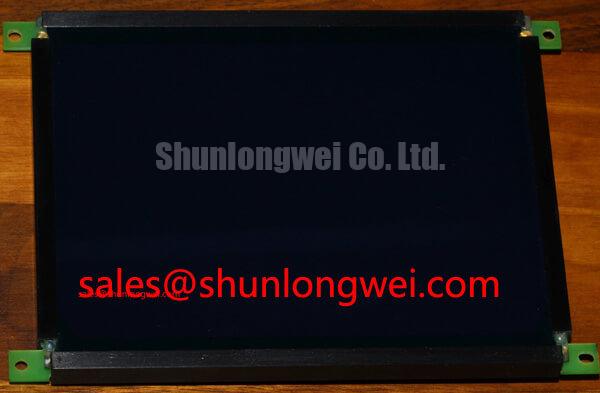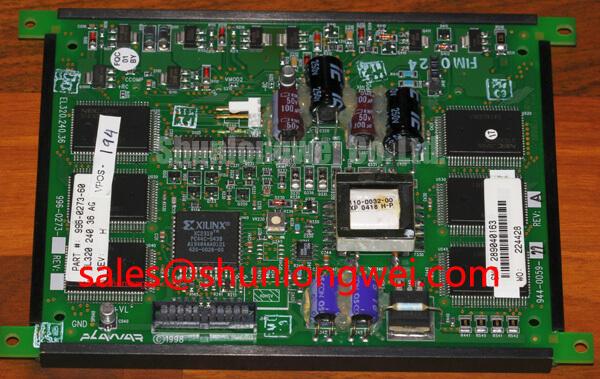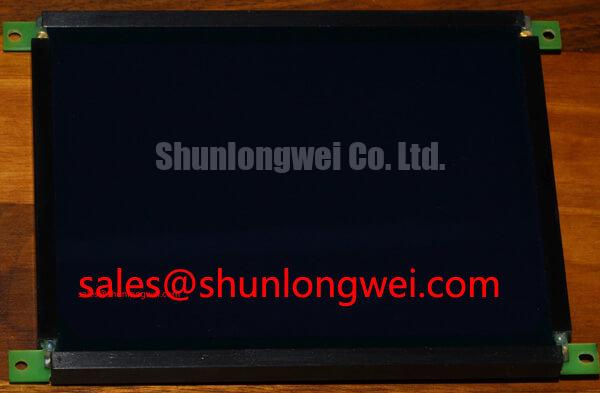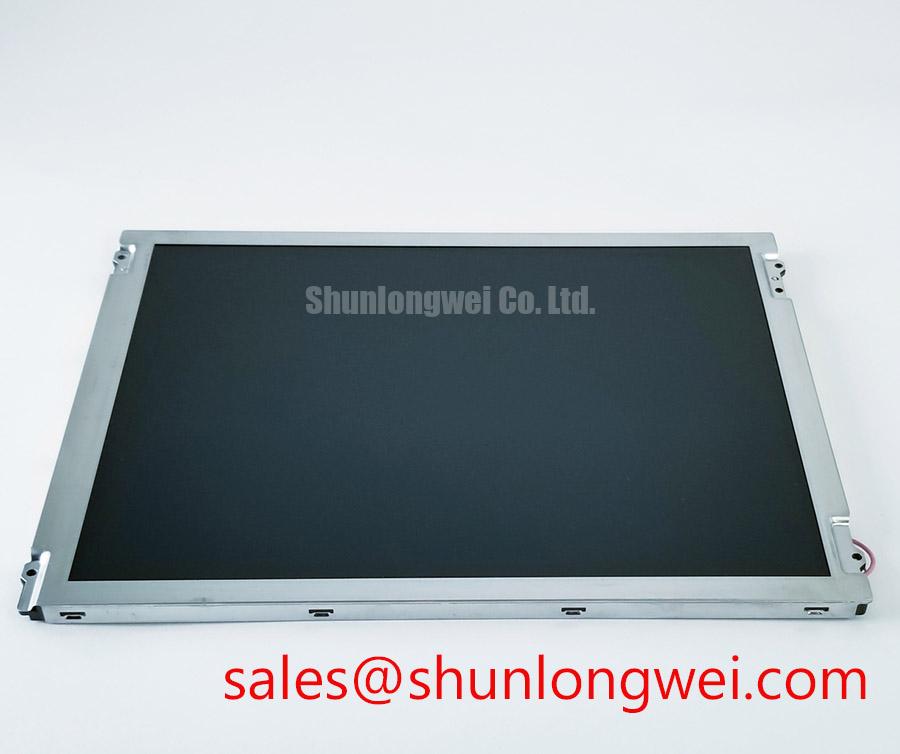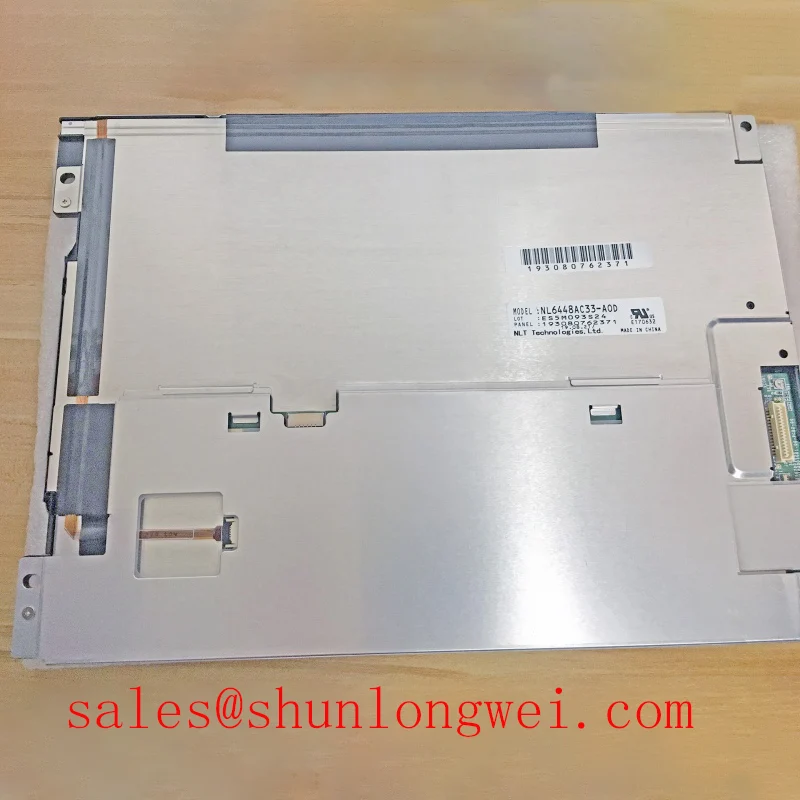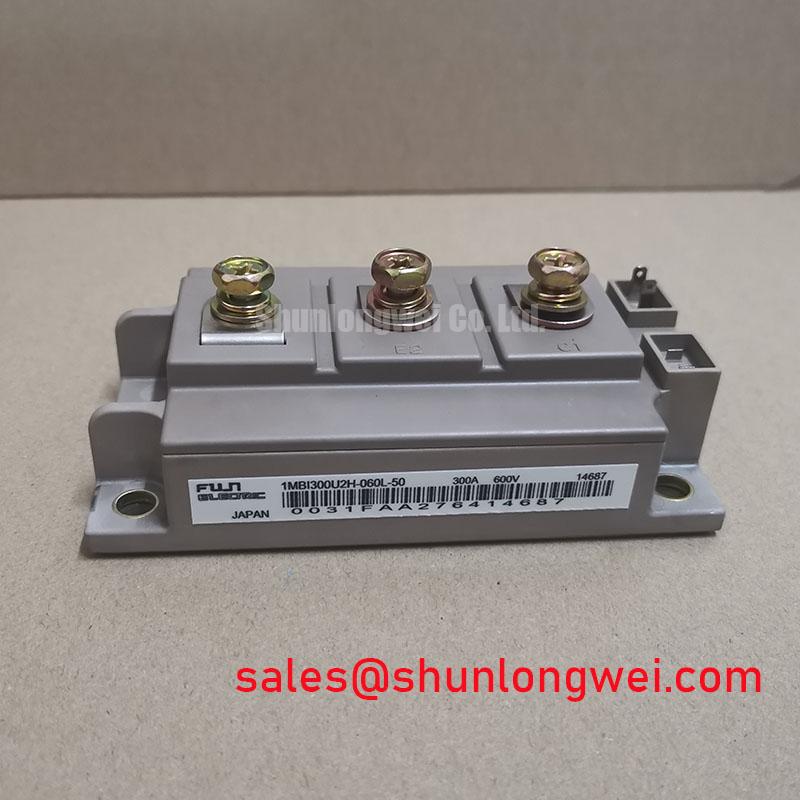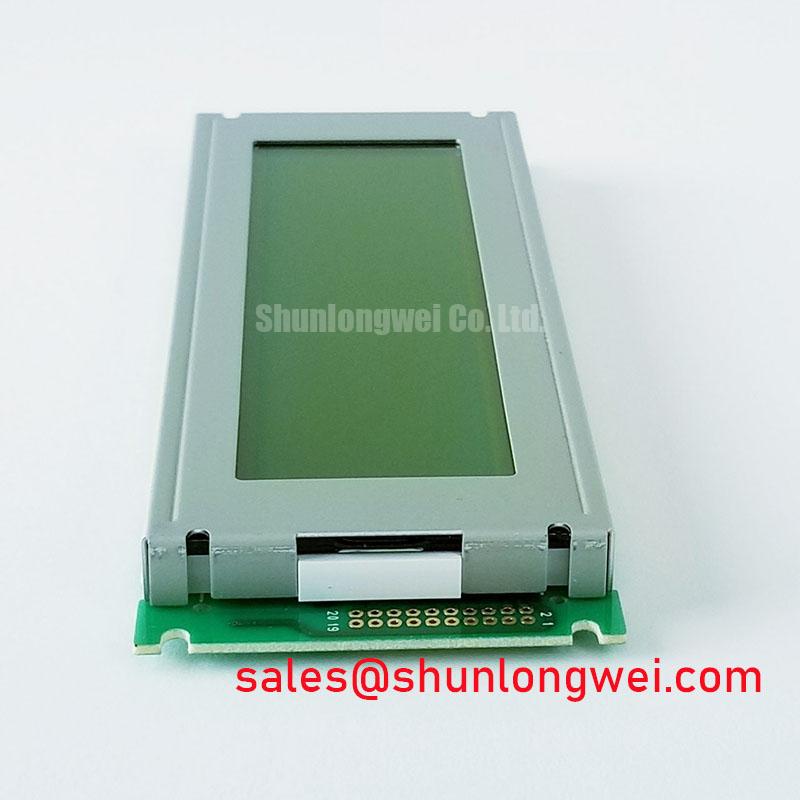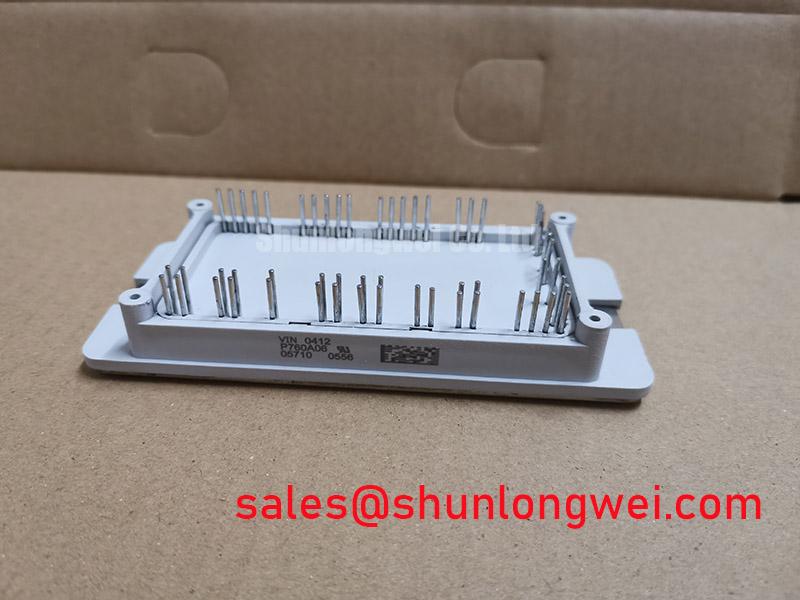EL320.240.36 AG TFEL Display: Engineering Data for High-Stress Applications
Uncompromising Visual Performance in Extreme Environments
Content last revised on October 11, 2025.
The EL320.240.36 AG by Lumineq is a Thin Film Electroluminescent (TFEL) display engineered for absolute operational integrity in extreme mechanical and thermal environments where conventional displays fail. With key specifications of -40 to +85°C Operating Temperature | 200 g Shock Resistance | , it delivers two primary engineering benefits: unfailing performance in punishing conditions and a drastically reduced total cost of ownership. The display's emissive, solid-state design inherently overcomes the limitations of liquid-crystal-based screens, which can freeze, slow down, or fail under severe shock and vibration. For ruggedized human-machine interface (HMI) designs in aerospace, defense, and heavy industry, the EL320.240.36 AG offers unparalleled environmental resilience.
Application Scenarios & Value
System-Level Benefits in High-Vibration and Temperature-Critical Systems
The true value of the EL320.240.36 AG is realized in applications where display failure is not an option. Consider the challenge of designing a control panel for an autonomous haul truck in an open-pit mine. The human-machine interface (HMI) is subjected to constant, high-amplitude vibration from the terrain and massive temperature swings from sub-zero nights to sun-baked days. A standard LCD would suffer from a frozen liquid crystal layer, leading to unacceptably slow response times, or catastrophic failure from mechanical shock. The EL320.240.36 AG's documented 200 g shock tolerance and -40°C operational capability directly solve this challenge. Its solid-state construction ensures that critical vehicle data remains sharp and instantly readable, guaranteeing operational uptime and safety in demanding environments like industrial automation and mobile machinery.
Key Parameter Overview
Decoding the Specs for Environmental Resilience
The specifications of the EL320.240.36 AG are a testament to its design focus on durability and performance under duress. The parameters below highlight its suitability for mission-critical systems where reliability is paramount.
| Parameter Category | Specification | Significance |
|---|---|---|
| Optical Performance | Resolution: 320 x 240 (QVGA) | Provides clear, sharp rendering of data and graphical interfaces. |
| Optical Performance | Luminance: 44 cd/m² (Typical) | Delivers excellent clarity for indoor and low-light industrial settings. |
| Optical Performance | Response Time: < 1 ms | Eliminates motion blur and ghosting, critical for displaying dynamic data. |
| Optical Performance | Viewing Angle: > 160° | Ensures readability from wide off-axis positions. |
| Environmental Resilience | Operating Temperature: -40 to +85 °C | Guarantees performance in extreme cold and heat without external heaters or fans. |
| Environmental Resilience | Shock Resistance: 200 g, 2 ms pulse | Withstands severe mechanical shocks, ideal for mobile and heavy-duty equipment. |
| Environmental Resilience | Vibration Resistance: 20 g peak (5-500 Hz) | Ensures operational stability in high-vibration environments like vehicles and machinery. |
| Reliability | MTBF: > 100,000 hours | Translates to over 11 years of continuous operation, minimizing TCO. |
| Electrical Interface | Interface: 4-bit LCD type | Enables straightforward integration with standard video controllers. |
Note: The parameters listed are for reference. For complete electrical and mechanical specifications, please refer to the official documentation.
Download the EL320.240.36 AG datasheet for detailed specifications and performance curves.
Technical Deep Dive
The Solid-State Advantage of TFEL Technology
The exceptional ruggedness of the EL320.240.36 AG is rooted in the fundamental physics of its Thin Film Electroluminescent technology. Unlike an LCD, a TFEL display is a solid-state device with no internal liquids or moving parts. Light is generated when a layer of inorganic phosphor is placed in a strong alternating electric field. Think of it like a capacitor where the dielectric layer itself emits light. This all-solid-state structure is the core reason for its immunity to the mechanical failures that plague other technologies. There is no liquid crystal to freeze or slow down at -40°C, and no fragile backlight unit with multiple layers that can delaminate or break under a 200 g shock. This intrinsic durability simplifies system design by removing the need for complex shock-dampening mechanics or internal heating elements, directly contributing to a more robust and reliable end product.
Industry Insights & Strategic Advantage
Meeting the Demands of COTS in Harsh Environments
The increasing use of Commercial Off-The-Shelf (COTS) components in the defense, aerospace, and heavy industrial sectors places a premium on proven environmental resilience. System integrators are tasked with building sophisticated electronics that can survive punishing field conditions. The EL320.240.36 AG directly addresses this trend. Its specifications often meet or exceed the requirements of stringent standards like MIL-STD-810G for shock, vibration, and temperature. By integrating a display with this level of inherent ruggedness, engineers can accelerate the development of compliant systems for demanding applications such as displays in heavy machinery or control panels for railway signaling systems, reducing the need for costly and time-consuming custom ruggedization.
Frequently Asked Questions (FAQ)
How does the specified 200 g shock resistance of the EL320.240.36 AG translate to real-world application reliability?
A 200 g shock rating means the display can withstand extreme, sudden impacts far beyond what is typically encountered in industrial or even military applications. For engineers, this provides a massive design margin, ensuring the display will not be the point of failure in systems mounted on vehicles, aircraft, or heavy vibrating machinery, thereby enhancing overall system longevity and safety.
What makes a TFEL display's response time of less than 1 ms superior to industrial LCDs in cold environments?
In cold temperatures, the liquid crystals in an LCD become viscous, dramatically slowing their response time and causing severe "ghosting" or smearing of moving images. The EL320.240.36 AG's sub-1 ms response time is a property of its solid-state phosphor layer and is unaffected by temperature. This guarantees that instrumentation and video data remain crisp and clear, a critical factor for operator awareness and control in avionics displays and other systems operating in extreme cold.
Engineering Support for Your Design
To facilitate your design-in process, our team can provide access to technical documentation and engineering data for the EL320.240.36 AG. Contact us to discuss the specific requirements of your high-reliability application and to request a quote for your project evaluation.

